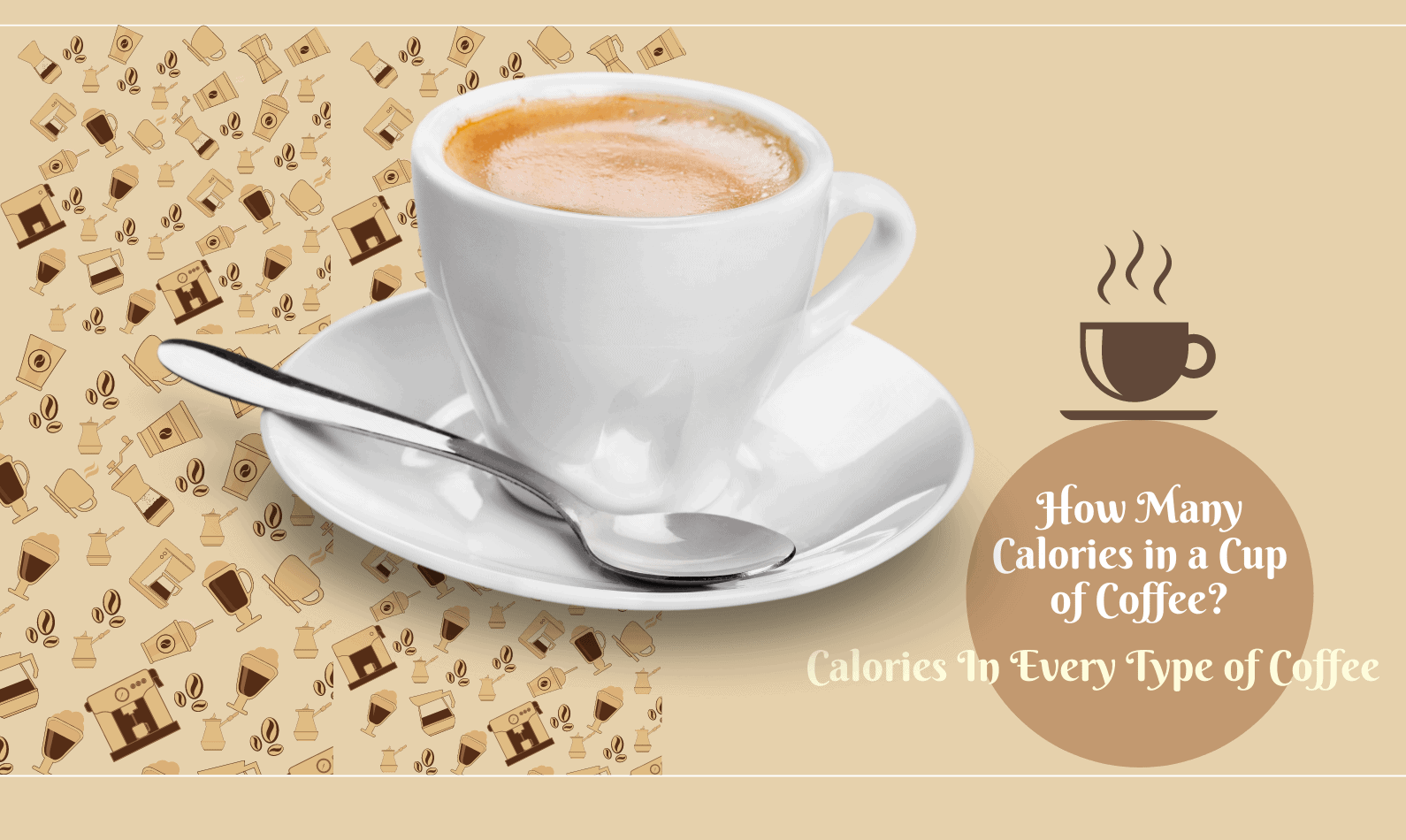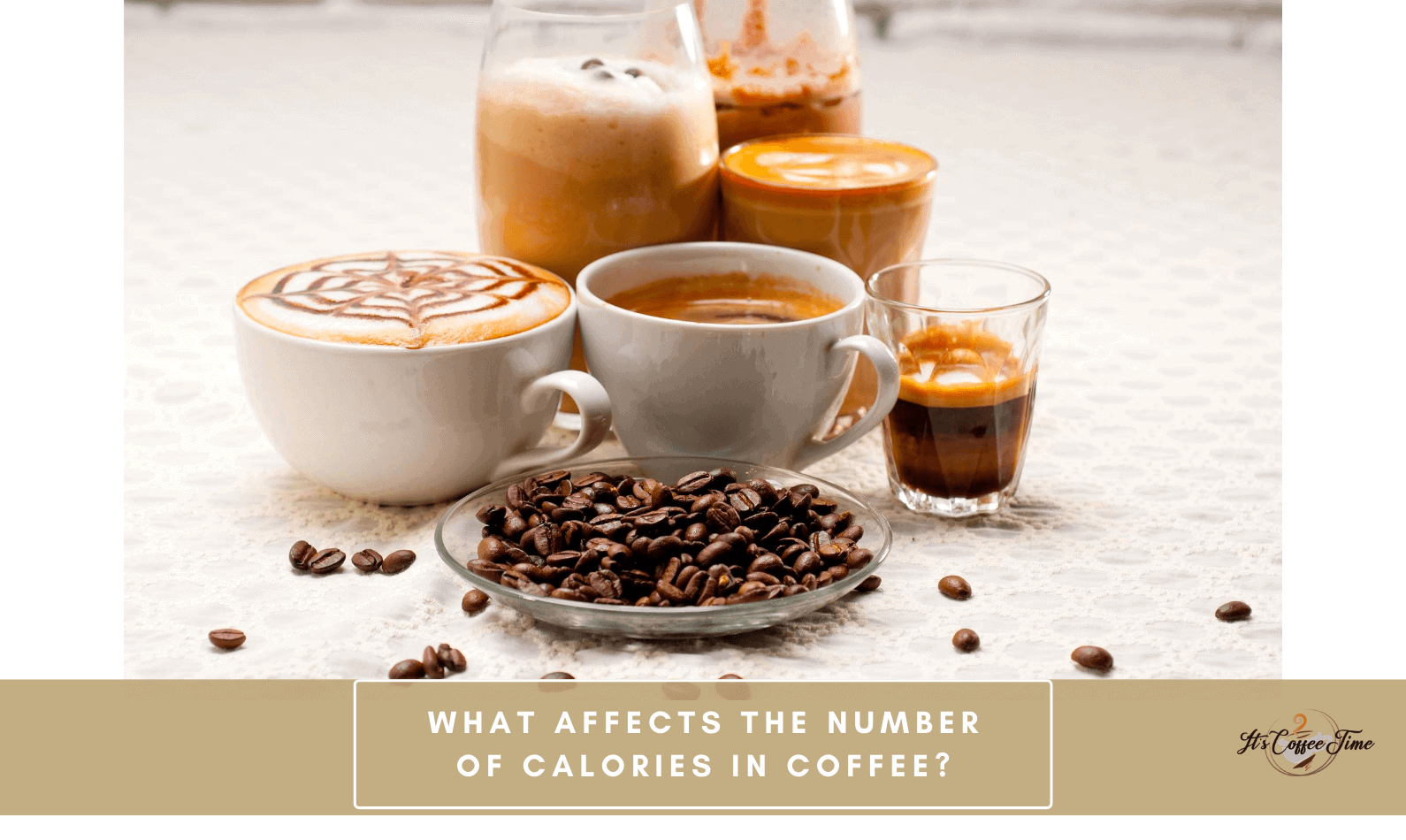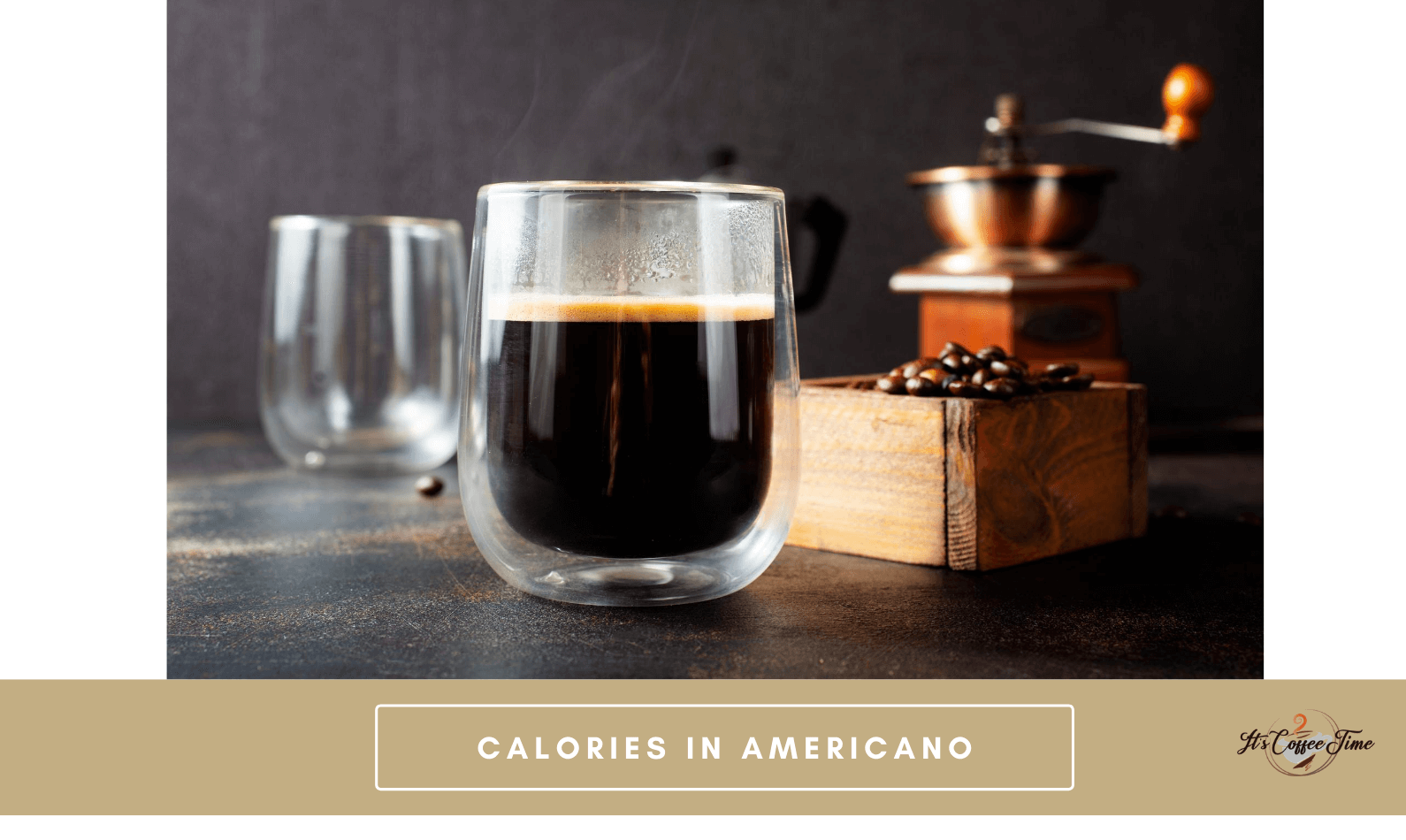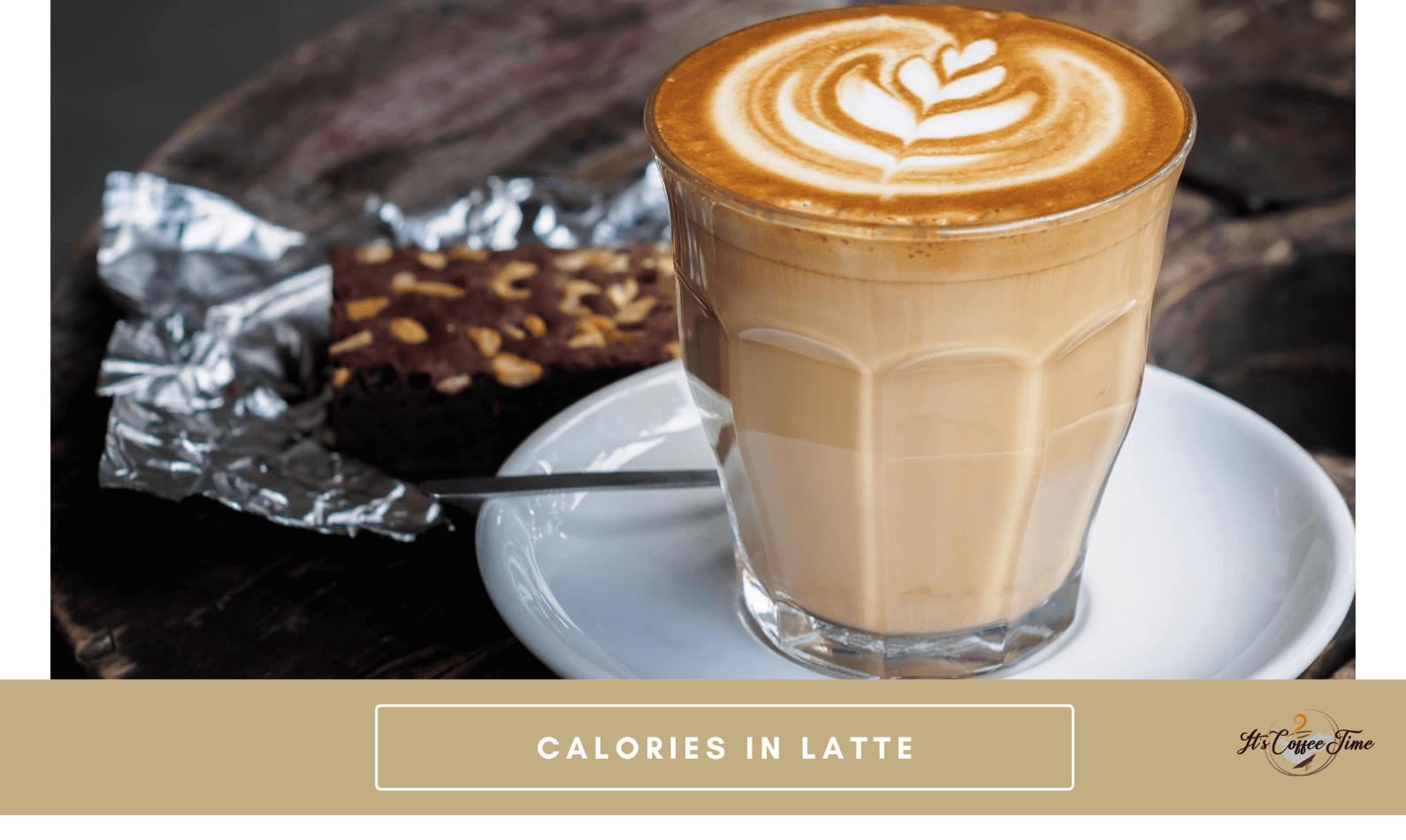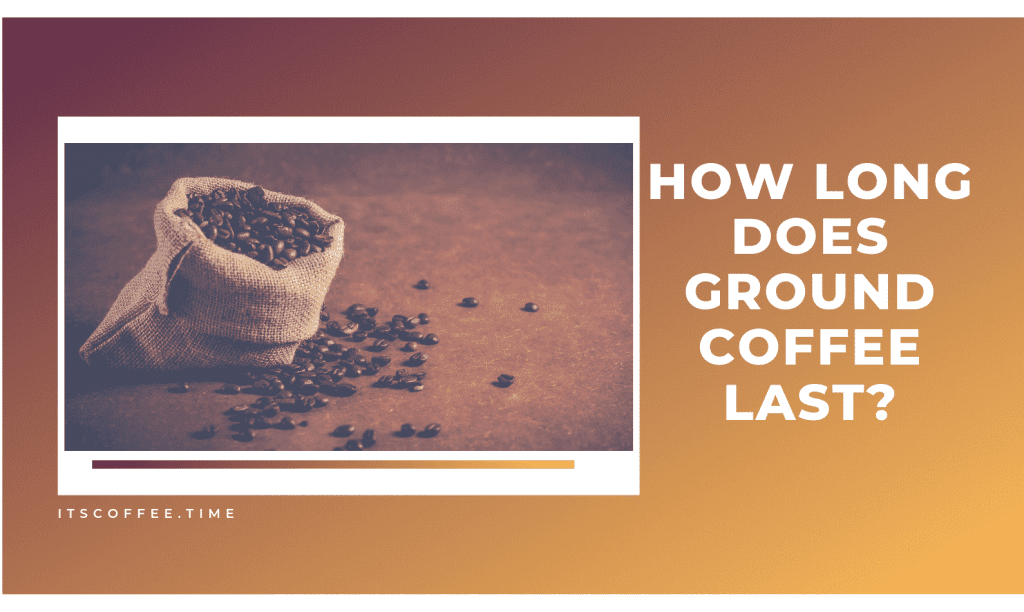How Many Calories in a Cup of Coffee? Answering Your Curiosity With the rise of fitness Instagram influencers and gym culture in general, it has seemingly never been more important to be in shape thanks to increased pressures. Thanks to its perceived health benefits and exercise assisting qualities, many influencers have picked up the coffee. This has led to a spotlight being placed on the drink in terms of health and fitness.
There have always been some health-related discussions about caffeine and its effect on your heart, but it was never really mentioned alongside diet. Now one of the most searched-for questions associated with coffee is: “How many calories are there in a cup of coffee?” Today, in this article, we are going to find out how many calories there are in a cup of coffee.
How Many Calories in a Cup of Coffee Itself?
Get prepared for the blow. Black coffee contains just 1-2 calories per cup, while a straight espresso shot contains about five calories. That makes it an unbelievably low-calorie beverage. How can something so delicious and so good at the same time for you? This applies, however, only to a small cup of black coffee. We need to precisely understand what calories are and what goes into a variety of coffee drinks to understand better the number of calories in the coffee orders you make at your local cafe.
What Does Calorie Mean?
To understand the calories of coffees, first, you have to understand exactly what a calorie is. It’s a term that’s often taken for granted and just assumed the meaning, usually in a negative light. Most simply, a calorie is energy. The amount of energy present in food or drink is determined by calories, and if we consume food with high-calorie content, we gain the strength ourselves.
Read more about What is French Roast Coffee? Is It Worth a Try? Complete Guide
Our bodies need the energy to keep us alive, and our organs do regular work. The problem is that if we eat more calories than we consume, then the extra calories and energy don’t just go away. This excess energy is transformed into store fat. Then calories not stored as fat are used to power the body, driving an everyday movement that includes breathing, running, and metabolism.
Relation of Coffee and Metabolism
One reason fitness aficionados took coffee beneath their wing is the perceived metabolism value. If you look at most weight loss pills ingredients and fat-burning supplements, they’ll contain caffeine. The logic is to drink coffee and accelerate your resting metabolism rather than spending a lot of money on these supplements. If your metabolism is accelerated, you will digest more of your food, expend more energy (calories) and store less of it in fat. So doing this saves money and at the same time treats your taste buds, sounds like a win-win. But is there any evidence behind that?
The good news is, yes, there’s a science to support that. Caffeine is a stimulant that raises the metabolic rate and facilitates the release of fatty acids from the fat tissue, breaking it down as a result. The big asterisk to this is that you can build resistance because caffeine works with the release of neurotransmitters like dopamine and norepinephrine.
The synapses within the body lose sensitivity to these over time. Therefore, there is no real link to long-term weight loss and coffee consumption, so if you are on a calorie-controlled diet, it is essential to look at the drinks’ calories. But it still tastes great.
What Affects the Number of Calories in Coffee?
So what’s going to make a cup of coffee go from 2 to 25 calories, or even 500? Very literally, the calorie count of coffees is influenced by milk and substances dependent on sugar. A simple, brewed coffee always contains minimal calories.
-
Milk Calorie
Milk is the first thing you would usually consider adding to a cup of coffee. Many coffee drinks focus on how the milk reacts with the coffee, containing more milk than the coffee itself. The caloric content of Milk options varies. Whole milk contains 65 calories per 100ml, half-skimmed milk, 47 calories per 100ml, and 35 skimmed milk.
That doesn’t sound like much, but the calories can quickly add up when you know that a Grande Starbucks is 473ml. One way people try to keep calories in milk coffee drinks is to use milk alternatives, such as soy milk or
-
Calorie in Sugar
Those with a sweet tooth or who cannot handle the bitterness of coffee will always search their coffee for a sugar supplement, whether straight granules of sugar, cubes of sugar, or even syrups.
Sugar is approximately 16 calories per teaspoon and 23 calories per packet, or 9.5 per cube. Depending on flavor and strength, syrups may vary, but a standard pump (10ml) of sugar syrup is around 20 calories, and vanilla is 30.
-
Calories of Popular Coffee Drinks
So we can now tell, to some degree, how long a string piece is. We can see exactly what your next order will be made from with calorie information in black coffee and espresso alongside milk and sugar.
Calories in Americano
An American is a double shot of espresso and water, and it’s straightforward to figure out the calories here. You have to consider how much milk and sugar goes into the coffee.
- Black Americano has10 calories
- Americano with one sachet of sugar has 33 calories.
- White Americano (30ml of milk) has 29 calories.
Calories in Latte
A latte is two shots of espresso consisting of steamed milk with the rest of the cocktail. This makes the beverage predominantly milk and much more calorific. The milk content varies from 222-340ml of milk. Regular small coffee is around 220ml, so we’ll be using that amount for the drinks below.
- Whole Latte milk = 146 calories.
- Latte with semi-skimmed milk = 123 calories
- Latte skimmed with milk = 92 calories.
- Total milk latte with one sugar sachet = 159 calories.
- Semi-skimmed milk latte with one sugar sachet = 146 calories.
- Skimmed milk latte with one sugar sachet = 115 calories.
Calories in Flat White
A flat white is analogous to a latte but with less milk. The amount of milk here is fixed at around 150ml; there are no flat whites, small or large. So two shots of espresso and 150ml of milk are a flat white one.
Conclusion: How Many Calories in a Cup of Coffee
Often, people that drink their coffee don’t think about the health benefits they are getting or the calories they are consuming. It is kind of important to consider both. Coffee and espresso can provide a wealth of services to the human body; however, many of these benefits can be tainted or ruined by adding different sources of artificial sweeteners and creamers.
I always advise it to look at the different ingredients that creamers have and how organic they are. If you can get organic and healthier creamers, that is still the best choice. In this article, we tried to show how many calories there are in a cup of coffee.
